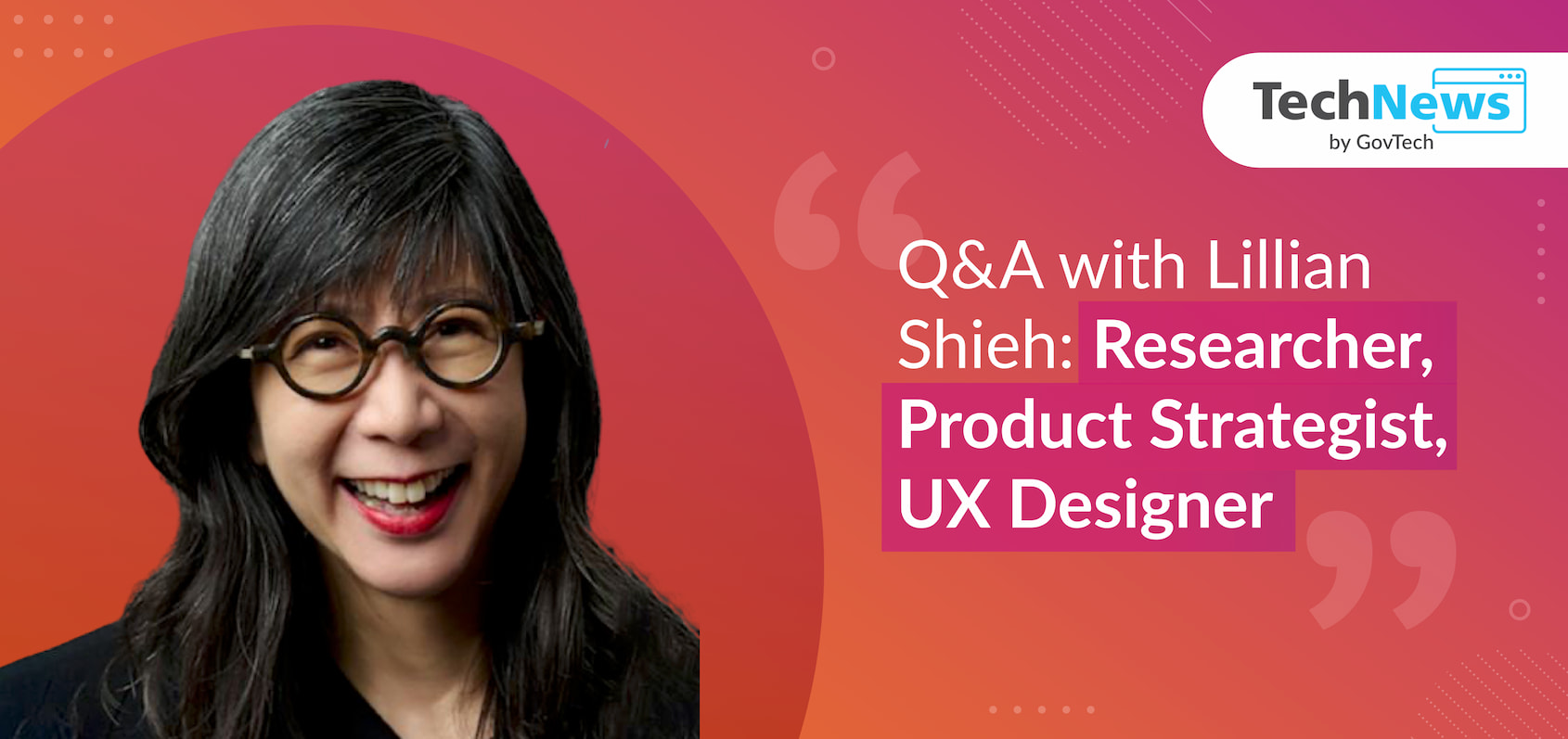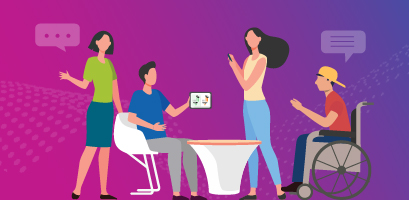Transforming Public Services Through Design: Insights from Lillian Shieh

Exclusive feature on Lillian Shieh
Lillian has a wealth of experience in user research, design, and product strategy. In addition to being the Senior Director and Head of Design in Asia Pacific previously at Johnson & Johnson, she was also awarded the prestigious Smart Nation Fellowship at GovTech.
As the new Head of Design at GovTech, Lillian will work on improving GovTech’s product development process and digital products for citizens, businesses and public officers.
In this exclusive article, Lillian will share some of her valuable thoughts and opinions in response to the questions about her career experiences, and expertise in the design field.
Let’s begin.
As a design researcher, product strategist, and UX designer, you have extensive experience and knowledge in the field of design and UX. Could you share about how you got into this industry?
I worked as a design researcher for E-Lab, a consultancy that pioneered social science methods for product development. UX entered the picture because E-Lab was acquired by a digital consultancy to do “Experience Modelling.” As part of XMod, I discovered that some of the most interesting product challenges are designing experiences for high-trust domains like banking, travel, and government.
[Note: E-Lab was renamed as XMod when E-Lab was acquired by Publicis Sapient — a technology consulting firm — in 1999.]
What aspect(s) of your work do you enjoy?
What do I love? Working with open-minded, curious people, who are kind, professional, and driven by purpose to solve big problems.
What I enjoy at work includes questioning and examining problems from first principles, as well as diverging to experiment with ideas, then converging to shape those ideas into great work that delivers impact.
What are some of your proudest achievements in your design career?
Why is design thinking important for innovation in an organisation?
Business analysis and strategy are not foolproof, because their starting point is often based on incorrect assumptions about people’s needs. Design Thinking provides a framework for developing insight and identifying important problems to be solved.
Based on your experience, what are some important tips for good UX design in mobile applications/e-services?
Counterintuitively, when developing mobile apps, product teams should invest time appropriately. Mobile apps can be harder to build than websites because they must target problems more accurately. The most successful apps are designed with a balance of simplicity, clarity, and functionality.
A great designer understands that within any app there are hundreds of potential features and routes, but makes thoughtful choices to build user flows that are most effective and naturally intuitive.
What are some common misconceptions about UX designers that you have come across in your line of work/past experiences?
A common misconception about Design is that it’s only a delivery function for visuals. Good design operates at the systems level and is integral to HOW something works well.
Any advice on best practices when testing with users?
Scope properly for testing (and user research) and know that this will save downstream time and effort.
With advancements in Generative AI, how do you see this fast-growing technology impacting UX designers and how can they better prepare themselves for the future of design?
Like many other professions, we will rebuild our workflows to incorporate AI where it makes work more efficient. Designers will focus on understanding people and context to build product strategy and complex solutions comprising people, ideas, processes and systems.
To strengthen their strategic capabilities, designers will become experts in systems thinking while also deepening their education in the technology of the solutions they build, and the language and priorities of their domain, e.g. healthcare, business, government, etc.
As the newly onboarded Head of Design at GovTech, what are some things you are excited to start working on?
A few of the questions and problems I’m excited to tackle:
-
How does design work in GovTech’s product development process?
-
How do we ensure that design is set up for success, including investing in the growth of our designers?
-
How does Design work together with Technology and Product Management to ensure quality and impact of government digital services? How do we build healthy team collaboration at scale?
-
How do we partner with agencies to ensure that services are deeply user-centric, while integrating best practices for building usable, accessible, government digital services?




